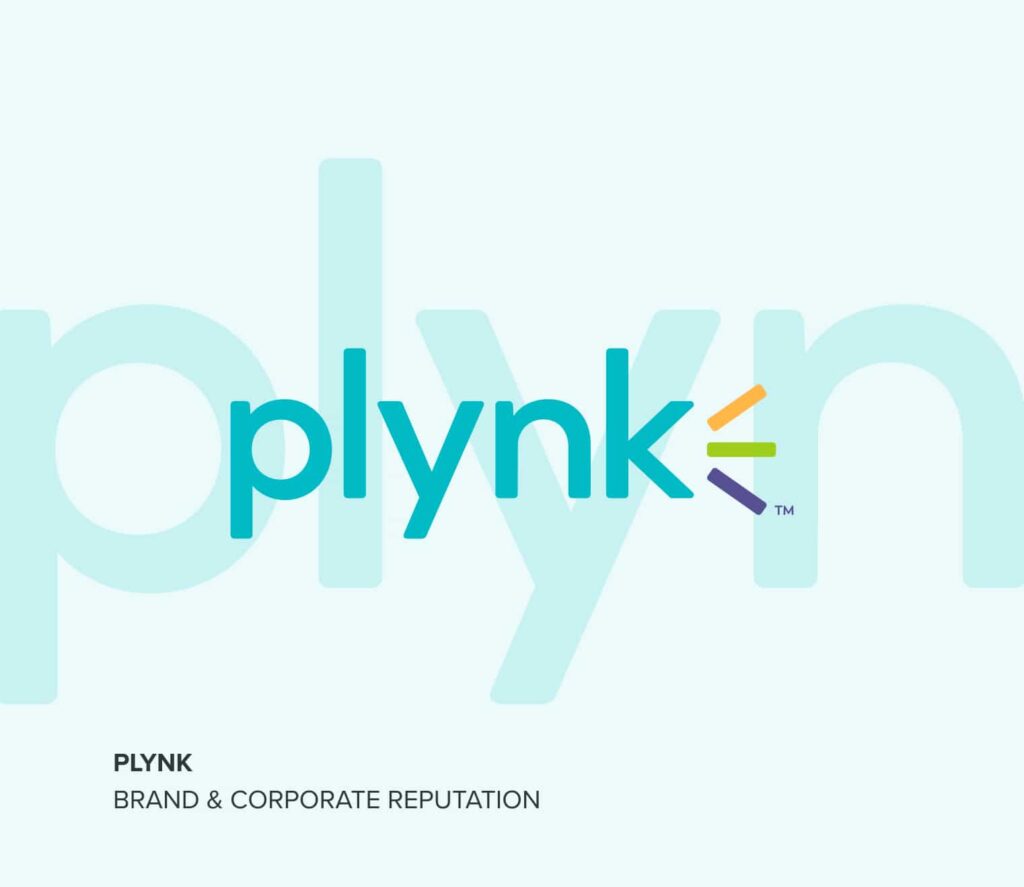At last the authorities – in the states and in Washington — have begun to consider an economic reopening. Though an end to lockdowns and quarantines risks a COVID-19 resurgence, the talk is very welcome, since the present state of affairs threatens economic collapse. Dr. Anthony Fauci has described the strictures imposed by the authorities as an “inconvenience.” No doubt he means to sound sympathetic, but the lockdowns and quarantines are a lot worse than an inconvenience. They have attacked the substance of people’s lives, not as medical people and epidemiologists see it but surely as most people do. It is a step beyond “inconvenience” when more than 20 million Americans have had to apply for unemployment insurance in the space of four weeks. That is about 12 percent of the country’s workforce, a proportion that will only grow the longer today’s lockdowns and quarantines stay in place.
The severe deterioration in the economic situation makes it especially welcome that the recent path of the virus has allowed the authorities to consider a relaxation in today’s severe constraints. The State of California has led with specifics on what would allow a reopening. It is not alone. President Trump and other states – governors in the northeast jointly – have also indicated a path to an economic reopening, as have various think takes and advisory bodies. These suggestions vary one from the other in detail, but each effectively foresees a three-stage process through which public health developments — what the White House calls “gating criteria” — will allow a relaxation of today’s constraints and hopefully a return to former levels of prosperity.
PHASE 1
The first phase identified by California and these others is the place where the nation is today and has been since mid-March. People are exhorted to stay at home regardless of their vulnerability or symptoms. Businesses are closed except those designated “essential” and a ban on large gatherings prevails. Without easy widespread testing, these strictures have been the only way to guard against random infections and run the risk of overwhelming existing healthcare facilities. These strictures are also the reason so many American have been thrown out of work, especially in the retail and hospitality industries but also in manufacturing and professional services. Plans today indicate a continuation of this phase until mid-May. Some ebbing in new cases and a drop in hospitalizations, however, offer hope that the transition back to work can proceed after that date.
All these plans indicate that a decline in new cases and hospitalizations would trigger a movement to the next phase of reopening. The redoubtable Dr. Fauci has identified when we could say that the infection has been constrained: a concerted drop in new cases and hospitalizations over a period of 14 days (the amount of time it takes for an infected person will develop symptoms). That hopeful sign, he and others have said, has begun to develop, though no one is making any promises. That would start a very cautious process that could only proceed after the nation also develops sufficiently widespread, same-day and point-of-care testing even of the asymptomatic so that the authorities could isolate only those who are sick instead of just about everybody. One researcher identified an ability to do 750,000 tests a week as a reasonable number. Even at this, easing would wait until healthcare facilities were considered adequate to handle a new spike in cases should it occur and perhaps also facilities to do contact tracing of those who have been infected. Those identified as vulnerable would still face pressure to isolate, and there is some suggestion that they would be subject to GPS tracking.
PHASE 2
Different states or regions will take such reopening steps at different times. Wherever it occurs, the authorities would still forbid large gatherings. As California made clear, openings would also be subject to a raft of rules. Among these would be less concentrated seating at restaurants with wait staffs wearing gloves and face masks, if not still more protective gear. Offices might reconfigure to make the by now famous six-foot distances easier, and offices and factories might include temperature scanners as well as firm-wide testing for antibodies. Airlines might forbid any passengers until six weeks after virus dissipation, and sanitizers will become even more ubiquitous than they already are. As in Texas’ plan, state parks and other facilities would reopen but only to people who wear masks and arrive in small groups.
 PHASE 3
PHASE 3
A full reopening of economic activity — the final and third phase — would wait for a vaccine. The authorities in California and elsewhere also include what they call “herd immunity” as a trigger for this phase. (This is a slippery term that seems to mean that the population has had widespread exposure in which those who succumb to the virus are no longer a concern and others have immunity.) Only at such a time would the authorities allow society to return to its former practices. Only at such a time would the economy have a chance to recapture its former level of prosperity. Forecasts on vaccines are by nature difficult. Those working in the area are hopeful that they can shorten the timeline because earlier coronavirus scares had long since started work. Estimates now say a vaccine for healthcare workers should be available by late summer, early fall and one for the general population early next year – a long time to wait for full employment.


